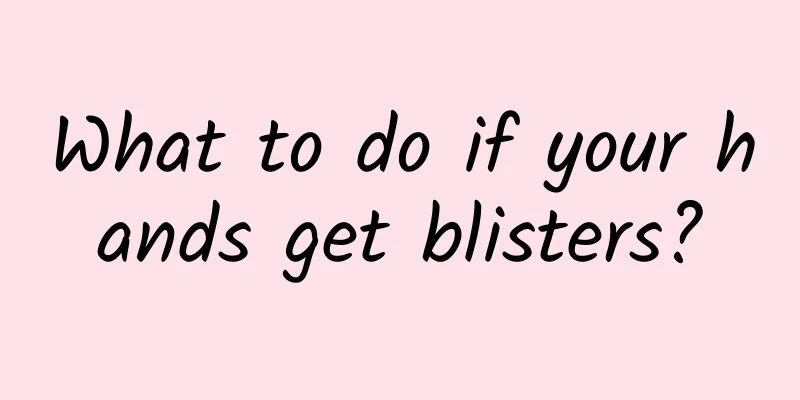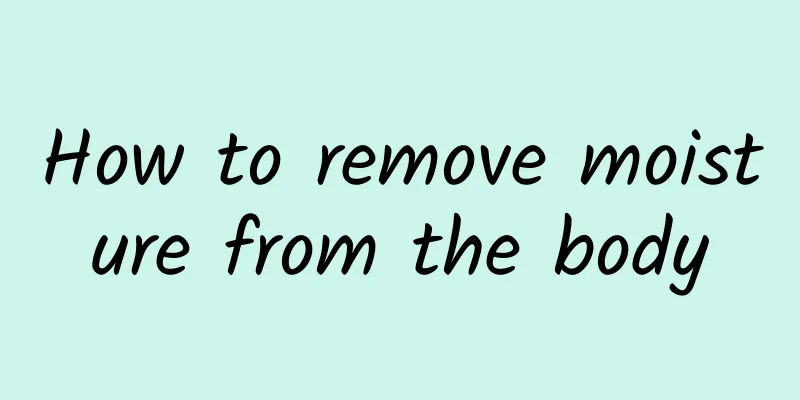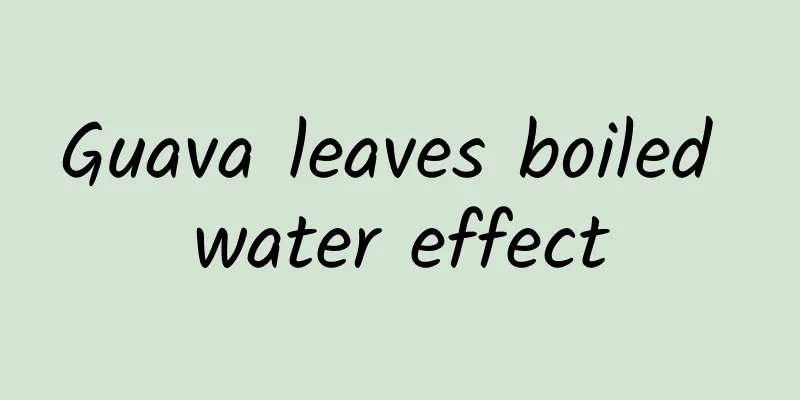What is the first cervical vertebra called?

|
As we all know, the human cervical spine is composed of many bones and joints connected together, and the cervical spine is composed of seven segments in total. Each cervical vertebra has its own name and function. They work together to maintain normal human activities and ensure the normal function of the cervical spine. Among these seven cervical vertebrae, the first one is larger. So, what is the first cervical vertebra called? In order to adapt to visual, auditory and olfactory stimulation, the cervical spine needs to have a huge and sensitive range of motion, such as forward bending, lateral flexion, left to right rotation, and a combination of the above movements. This all requires flexibility of the cervical spine. There are seven cervical vertebrae in total. From top to bottom, they are the atlas, axis, third cervical vertebra, fourth cervical vertebra, fifth cervical vertebra, sixth cervical vertebra, and seventh cervical vertebra. Features of Section 1: The first cervical vertebra is also called the atlas. It has no vertebral body and spinous process, and is composed of anterior and posterior arches and lateral masses. The anterior arch is short, and the tooth in the middle is the joint with the second cervical vertebra. The anterior tubercle of the middle segment is the attachment of the bilateral neck muscles. The posterior arch is long, with a tubercle behind it and then a raised tubercle behind it, and behind it is the attachment of the rectus abdominis muscle. On the posterior arch, there is a notch on each side, called the vertebral artery canal. The vertebral artery perforates transversely, bypasses the lateral mass, passes through this groove, and enters the cranial cavity through the large hole in the occipital bone. At the upper end of the lateral mass, there is an oval concave articular surface, and the occipital condyle constitutes the occipital joint. The lower part of the lateral mass has a flat articular surface. The lateral mass has a transverse process on the outside, which can be a fulcrum for rotational movement. It is longer and larger than the transverse process of other cervical vertebrae. Features of Section 2: The second cervical vertebra is called the axis. It is similar to the general cervical vertebra, but the upper part of the vertebra is called the odontoid body, which can be regarded as the vertebral body of the atlas. Posterior to the root of the tooth, the transverse ligament, but this ligament is smaller, has an articular surface and anterior arch of the dentition. The second cervical vertebra is located posterior to the anterior arch joint, which is different from the position of the cervical vertebra and intervertebral joint. The lamina of the second cervical vertebra is thicker and its spinous process is larger than the next one. The transverse processes of the vertebral column are small, directed downward, and have only a distinct posterior tubercle. Features of Section 3: Support the head and help supply blood to the brain. When there is a problem with the third cervical vertebra, the human body will feel dizzy and lightheaded, and will also experience various symptoms such as migraine, cervical and shoulder syndrome, neuralgia, acne, pimples, eczema, toothache, and inability to open the mouth. Features of Section 4: It works like this. You need to find the seventh cervical vertebra first. The seventh cervical vertebra is the highest bulge behind your neck when you lower your head. After finding the seventh cervical vertebra, feel three bulges upwards and that is the fourth cervical vertebra. When there is a problem with the fourth cervical vertebra, the human body will experience dizziness, nausea, numbness of the hands, periarthritis of the shoulder, stiff neck, nasal congestion, and toothache. Characteristics of Sections 5 and 6: The fifth and sixth cervical vertebrae also support the head and assist in blood supply to the brain. The fourth, fifth and sixth cervical vertebrae are more prone to disease. These three cervical vertebrae belong to the lower cervical vertebrae. The lower cervical vertebrae play the main role in the process of people raising their heads and lowering their heads and twisting their necks. They are under great pressure themselves. If the neck maintains one posture for a long time, the pressure is too concentrated and the cervical vertebrae are too tired. The chances of strain on the fourth, fifth and sixth cervical vertebrae will greatly increase, leading to degenerative changes - degenerative changes of the cervical vertebrae are an important precursor to cervical spondylosis. Features of Section 7: The seventh cervical vertebra, except that it extends to the back and is very long, has the same structure as a normal cervical vertebra. Because its spinous process is long and the end is not bifurcated, it is closely connected with the rotation of the neck. When we look down, we can see and touch the most prominent part of the neck, the seventh cervical vertebra, which is the physiological characteristics of the seventh cervical vertebra. Changes in cervical spondylosis may occur, such as dizziness, insomnia, local arm numbness, stiffness of the head and neck muscles, and difficulty in movement. The key is to choose appropriate, effective and side-effect-free treatment. Chinese medicine doctors believe that cervical spondylosis is caused by cold. The treatment of cervical spondylosis requires promoting blood circulation and removing blood stasis, dispelling cold and dampness. The general principle to be followed is to eliminate medical pain and treat cervical spondylosis fundamentally. When taking care of your cervical spine, it is recommended that you keep warm and avoid catching cold. You can have neck physiotherapy massage and hot compress. You can apply Voltaren cream on your neck to avoid neck instability. |
<<: Are sit-ups good for your cervical spine?
>>: What to do if you have cervical spine pain
Recommend
What medicine should I take for pain on the left side of my lower abdomen?
People should understand that pain on the left si...
Can Wuzhuyu Decoction cure tinnitus?
Evodia rutaecarpa decoction is a common Chinese m...
Why women can't live without sex
The reason why women cannot live without sex is t...
Symptoms of Shehan syndrome
I believe that many people have never heard of or...
How to treat long-term stomach fire
People who have excessive stomach fire for a long...
Clinical manifestations of hip osteoarthritis, do your joints swell?
Hip osteoarthritis is a common orthopedic disease...
My heart is beating too fast and I can't sleep. What should I do?
Insomnia due to rapid heartbeat is common in pati...
What medicine to take for HP infection
hp stands for Helicobacter pylori. The stomach an...
What foods are taboo for vitiligo patients?
Vitiligo is a relatively stubborn chronic disease...
Freeze-dried Salvia miltiorrhiza for injection
Freeze-dried Salvia miltiorrhiza for injection is...
Hallux valgus
Hallux valgus deformity is a lateral deviation of...
How to use toothpaste to prolong sexual intercourse
Toothpaste is a necessity in our lives and is used...
How to Treat Tennis Elbow with Traditional Chinese Medicine
The treatment of tennis elbow must of course be c...
What are the effects and functions of crisp persimmons
Persimmon is a very water-soluble dietary fiber f...
How to prevent pregnancy without taking the pills
Having sex without any protection can easily lead...









